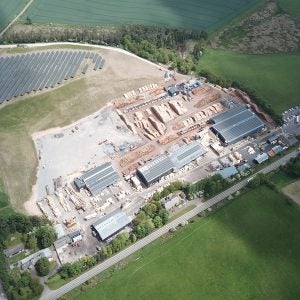The first train to arrive at the terminal with 1,100m3 of logs for the SCA Rundvik sawmill was some 300m long, carrying the same amount of logs as 22 trucks and removing 5,600kg of carbon emissions.
Later on, when full-size freight trains operate the route, the load can be up to 2,400m3 of logs and the savings in carbon dioxide will then be even higher. By transporting timber by train instead of by truck, it is possible to reduce carbon dioxide emissions by as much as 600 tonnes each year.
“During the summer, we will run six trains and together we will continue to work within SCA Forest, Rundvik's sawmill and the freight terminal to find the most efficient way of working,” said Martin Sundberg, head of logistics at SCA Forest.
“Train transport is cost-effective but is hampered by the need to reload on trucks. By finding a good solution for intermediate transport, the volume will be able to increase in the future.”
“The main opportunities I see are that we can secure our raw material supply and that we can compete in a cost-effective and sustainable way for raw materials that are at a longer distance away from the sawmill,” said Johan Tännfäldt, sawmill manager at Rundvik's sawmill.






